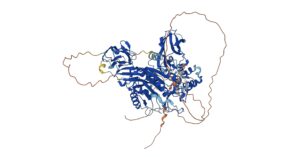Dark side of the moon

Image credit: kevron2002
Every time a new class of agents emerges in oncology, I’m reminded of a partial solar eclipse where there’s just enough sunshine to offer some promise or hope, which needs to be balanced with the much larger area of darkness visible to the naked eye.
This darkness can take many forms from tolerability and a narrow therapeutic window to lack of clinical activity.
In the beginning it’s always hard to see the wood from the trees and often there is more conflicting information available than congruence, at least until things shake out more clearly.
There’s also the tricky matter of cross pathway interactions and how they can influence the broader picture in hidden and obvious ways.
As we head into AACR in a few weeks time, this is a good opportunity to take stock on the various landscape changes and put the situation into perspective.
In this review we look at ten key areas and break down what’s known, what’s not known, and how some of the future directions may take shape…
To continue reading our latest highlights on oncology new product development including commentary and analysis BSB subscribers can log-in or you can click to access the content.
This content is restricted to subscribers


 While there has been much speculation and rah-rah over the supposed demise of oral therapies thanks to the introduction of the Inflation Reduction Act (IRA) of 2022 including the Part D Redesign, I’m increasingly finding important developments on the targeted therapies front to watch out for.
While there has been much speculation and rah-rah over the supposed demise of oral therapies thanks to the introduction of the Inflation Reduction Act (IRA) of 2022 including the Part D Redesign, I’m increasingly finding important developments on the targeted therapies front to watch out for.





